After 46 years running Wabakimi Outfitters & EcoLodge, owner Bruce Hyer is looking to retire. But with no one to pass the torch onto, the future of the business is uncertain. Photojournalist Colin Field and his son venture into the Wabakimi wilds on a guided whitewater adventure to find out what the outfitting operation is all about and to discover the magic of the Park for themselves.
Dreams for sale: Passing the torch at Wabakimi Outfitters
Paddling through the waves of a nameless rapids, we desperately try heading to river right—away from the massive three-foot-high wave downstream. But the river has other plans; it’s pushing us directly into the meat of the intimidating liquid wall.
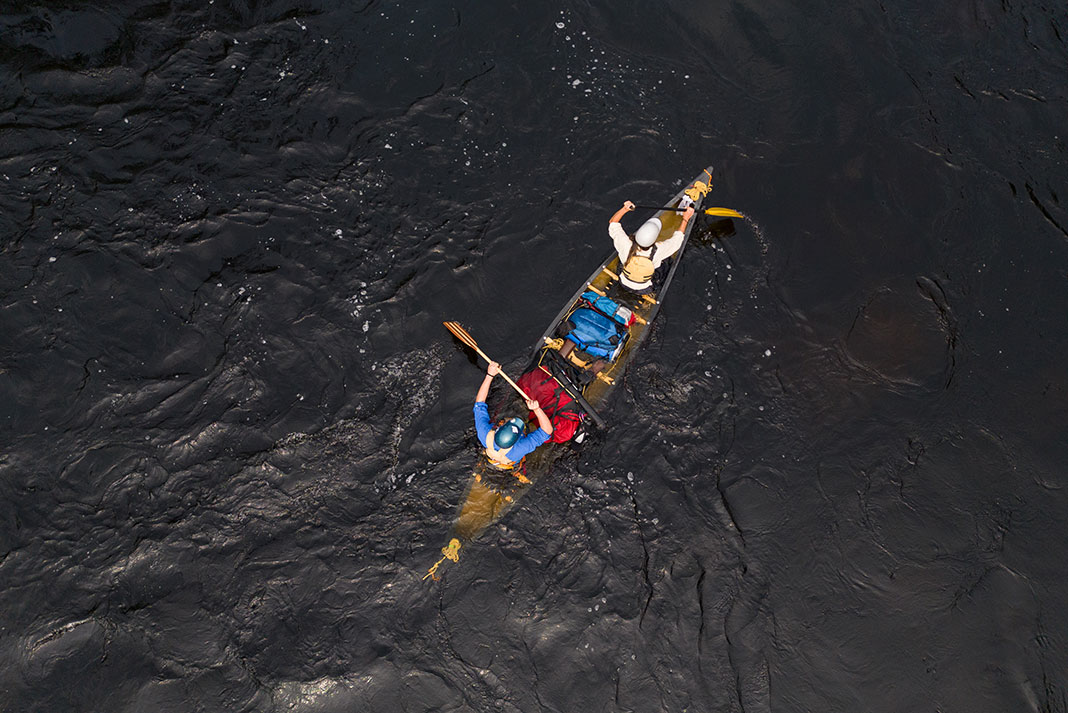
Our bow rises then falls into the trough before plunging through the powerful curling mass of water. For a millisecond the front end of the boat is completely submerged. And it’s in that fraction of time the boat fills with water. It’s my son’s first time swamping a canoe. The rapids end and I’m up to my belly button in water. With each tilt of the boat more water pours in and causes us to sink lower. It’s a feedback loop of submersion. We keep our paddles in the water to stabilize while wobbling precariously.
Our drybags and barrels are all tied in. My camera gear is sitting safely on shore. I laugh as the boat sloshes about like a floating bathtub and I realize my son is also thrilled. He thinks it’s fun. The relief of paddling rapids he was nervous about literally washed over him.
Sons and fathers set their course
Usually a trip like this is created to promote a business. An outfitter invites a journalist along to hype up the brand and voila! They get international exposure to a perfectly targeted audience. It’s a cost-effective form of marketing with a somewhat trackable return on investment. But that’s not what’s going on here.
Wabakimi Canoe Outfitters & EcoLodge is having an existential crisis. The business’ founder, Bruce Hyer, is getting old. He’s spry, quick on his feet and one tough old man. But, as he says, “I’m 77, let’s get real here. I don’t know what’s going to happen to the business.”
Bruce’s business is the culmination of over 40 years of passion for the outdoors, canoes and sharing that love with others.
“I think Michael’s one of the top human beings on the whole planet. He only has one flaw: he doesn’t want this business.”
In an ideal world, his son would take over. Twenty-eight-year-old Michael Hyer went to law school, recently passed the bar, and has a job starting in the fall working in human rights law and Indigenous self-governance.
“I’m totally biased, of course,” says Bruce, “but I think Michael’s one of the top human beings on the whole planet. He only has one flaw: he doesn’t want this business.”
I’ve brought my own 13-year-old son along. We’re headed out on a four-day trip down the Allan Water River in Northern Ontario’s famed wilderness canoe tripping destination, Wabakimi Provincial Park.
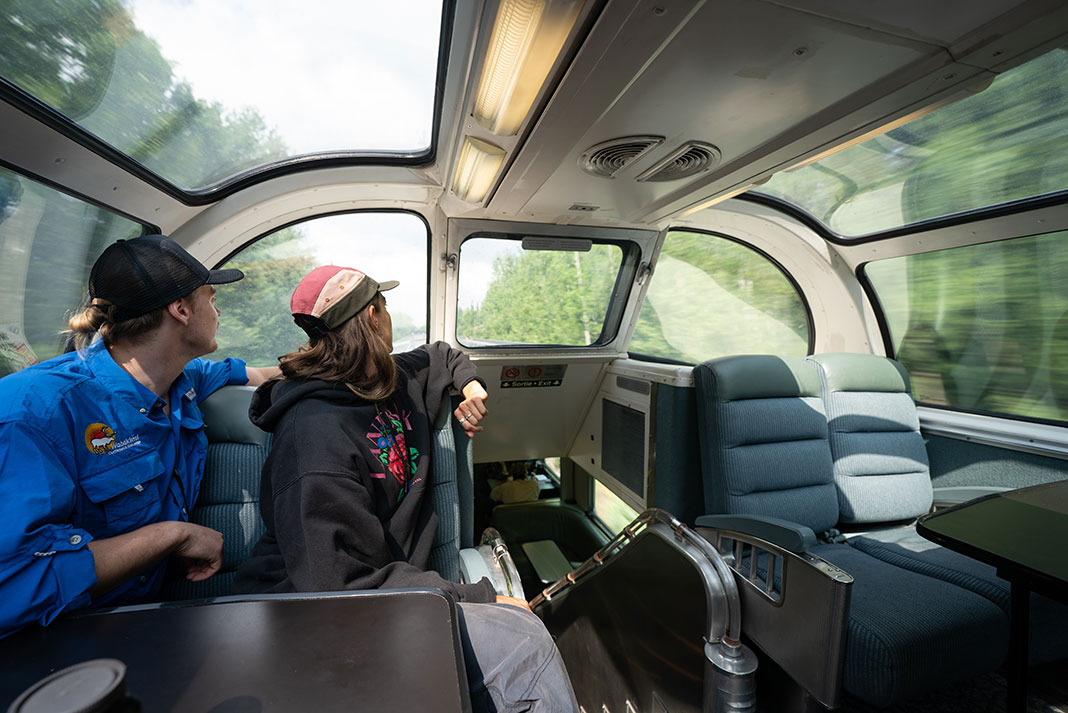
Whither Wabakimi
The trip begins at the EcoLodge itself near Armstrong, Ontario, about three hours north of Thunder Bay. It’s a beautiful eight-bedroom lodge with a spacious common room and an all-inclusive vibe. Bruce and his wife, Margaret, are hosting us along with 20 other people who are spending the night. It’s from the lodge that groups of canoeists, anglers and outdoor enthusiasts begin their trips. They’ll either take the train, a floatplane or a truck shuttle to their put-in or one of Wabakimi Outfitters’ seven outpost camps. While Bruce’s first love is canoe tripping, he also helps anglers get to some of the best fishing in the province.
During the course of the evening, Bruce is careful to spend time with every guest, going over their itineraries.
Thirteen years ago Bruce beat cancer, but lost half his tongue; his speech is slurred and sometimes difficult to understand, but that doesn’t stop him from speaking. He shares his years of knowledge about the Park readily. Bruce knows Wabakimi intimately and claims to have created 90 percent of its recreational routes. In fact, he spearheaded the creation of the Park itself.
We begin the canoe portion of our trip at the “train station” in Armstrong, about 15 minutes from Wabakimi EcoLodge. The station itself is little more than a gravel parking lot littered with detritus. There’s no washroom, ticket kiosk, cafe, bathroom or attendants. We arrive for the 9 a.m. departure, fully aware the passenger train is often late. It’s a surprising, but not uncommon occurrence on the Via Rail lines; problems arise when the train arrives uncharacteristically early and departs before the scheduled arrival. On this day, the train is 3.5 hours late. We load our canoes into the cargo car, then board the passenger car and spend the majority of the 90-kilometer ride enjoying the scenery from the bubble car, which has a second floor where the walls and ceiling are all window.
We hop off the train at Allanwater Bridge where the Hyers have one of their outpost camps. It’s finally time for our boats to touch water, and we begin our paddle downstream.
This is the same river Bruce Hyer paddled back in the early 2000s with husband and wife Jack Layton—then leader of the New Democratic Party—and Olivia Chow—former NDP Member of Parliament and current mayor of Toronto. Layton convinced Bruce to run for Member of Parliament for the riding of Thunder Bay-Superior North on this trip—a position Bruce would then hold for two terms, championing work on climate change legislation and the Superior Passenger Rail Motion mandating the return of Via Rail service to the north shore of Lake Superior and Thunder Bay.
It’s also the same river Bruce paddled with famous wildlife artist Robert Bateman, the canned joke being he taught Bateman how to draw.

How Hyer helped launch new park
Bruce’s story with Wabakimi Provincial Park goes back to 1976 when he first arrived in the area. Bruce is an American from Connecticut, but he’d dreamed of living in a cabin in the woods since he was five years old. Before he relocated to Canada, he’d had a varied career, including a stint as a saxophonist in an otherwise all-black jazz band in the 60s and as a cop.
“In 1970 I got myself put in charge, at age 24, of the pesticide department for the state of Connecticut,” he recalls. “I banned DDT. I was the guy who banned DDT in the U.S.A.”
In 1976, Bruce decided he didn’t want to wait for retirement to move to the wilderness, so he quit.
“I quit my job and brought my first wife up here and lived in a tipi for a year and a log cabin for a year,” he recalls. “My first wife went away after a few months. We had this very polite conversation: ‘Bruce you’re very persuasive, you made this sound very romantic, but I’m sick of eating blueberries and beaver tails, and I’d like to see a few other human beings.’ So I stayed and she left.”
Bruce continued to live in the bush for the next three years, living mostly off the land. Then he heard rumors the Ministry of Natural Resources and Forestry was going to log the area. He moved to Thunder Bay and began working to prevent it. In 1983, after much lobbying, letter writing and Toronto visiting, Wabakimi Provincial Park was formed. In 1997, the Park was significantly expanded to its current size.
Today, Wabakimi Provincial Park is nearly 10,000 square kilometers, is one of the world’s largest boreal forest reserves and is the second-largest provincial park in Ontario. Wabakimi Outfitters & EcoLodge is the only canoe-focused company operating in the Park.
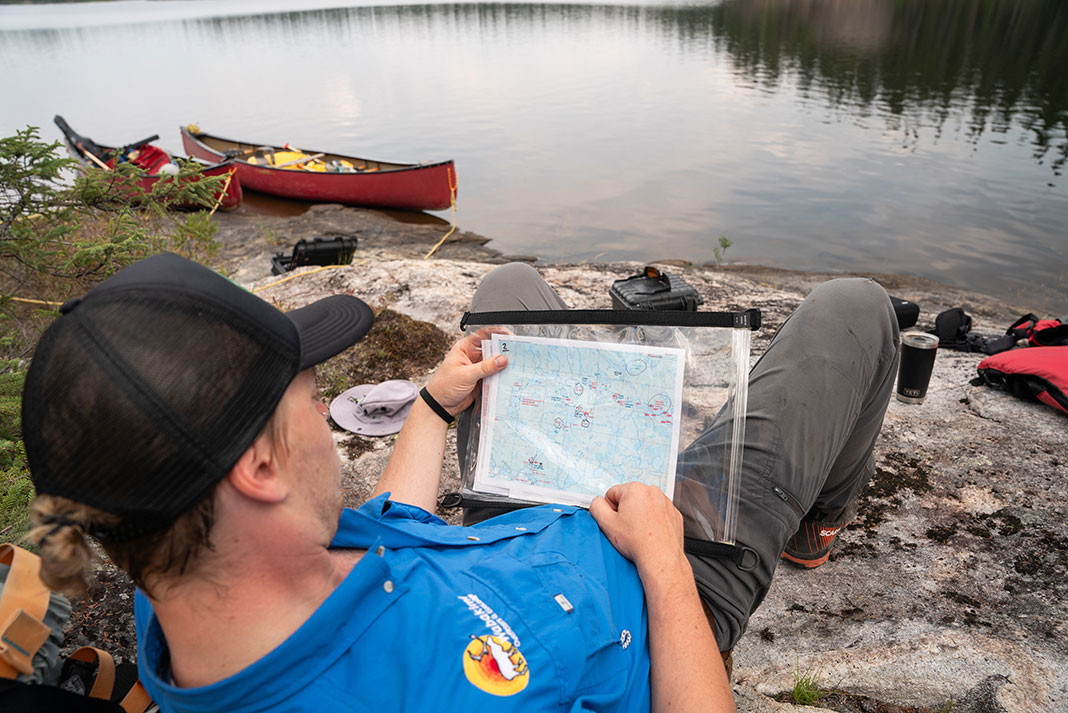
Growing up a guide
Bruce’s son Michael is our guide. The trip consists of me, my son Taj, Michael and his friend Eden. My son is 13 while Michael and Eden are in their late 20s. They’re full of big ideals and dreams for the future. Both are recovering tree planters whose social circles run deep in the planting end of the forestry business. They’ve got serious outdoor skills and Michael obviously inherited some of his father’s old-school habits; he says portage like an American (pronounced portidge), always wears pants with a long sleeve shirt in the bush and instead of river shoes he wears Scarpa hiking boots that he tromps through the water in. He’s always got a compass around his neck, a knife on his belt and a multi-tool clipped to a belt loop with a carabiner. He guided his first trip when he was 12 and I have absolutely no doubt in his ability to take care of us.
The Allan Water River is a beauty. The short section we paddle has lots of fairly low consequence whitewater, especially with the lower water levels we find in early August. We don’t encounter anything more difficult than class II and for the most part, it’s just good old fashioned fun—rock dodging, wave crashing fun. Even when we need to portage, the trails are short and easy, downright dreamy with two 28-year-olds who are happy to carry the boats.
While our last day on the four-day trip entails two short upstream portages, the other three days consist of scouting and paddling rapids with brief lake paddling stints between sets. The Allan Water is a perfect river for the whitewater enthusiast; undoubtedly among my top three favorite Ontario rivers I’ve paddled.
We’re surrounded by wilderness with no sign of humankind other than the occasional floatplane passing overhead. The black spruce and jack pine forest is peaceful, rugged and beautiful. We see a couple black bears on the side of the river. We see loons and bald eagles. There are also moose and caribou in the Park, but we don’t see any. And there are blueberries absolutely everywhere.
When Michael asks if we want fish for dinner, Taj and I instantly respond with a synchronized “Heck yes!” Michael delivers; after half an hour of fishing from a canoe, he returns triumphantly with two dinner-sized walleye.
I ask him if he’s really good at fishing or if the fishing is actually that good.
“It’s just knowing where to be,” he says humbly. “Right on the eddyline, where they wait for food without expending any energy.”
I suspect he’s actually a great fisherman even though he claims he isn’t that into it.
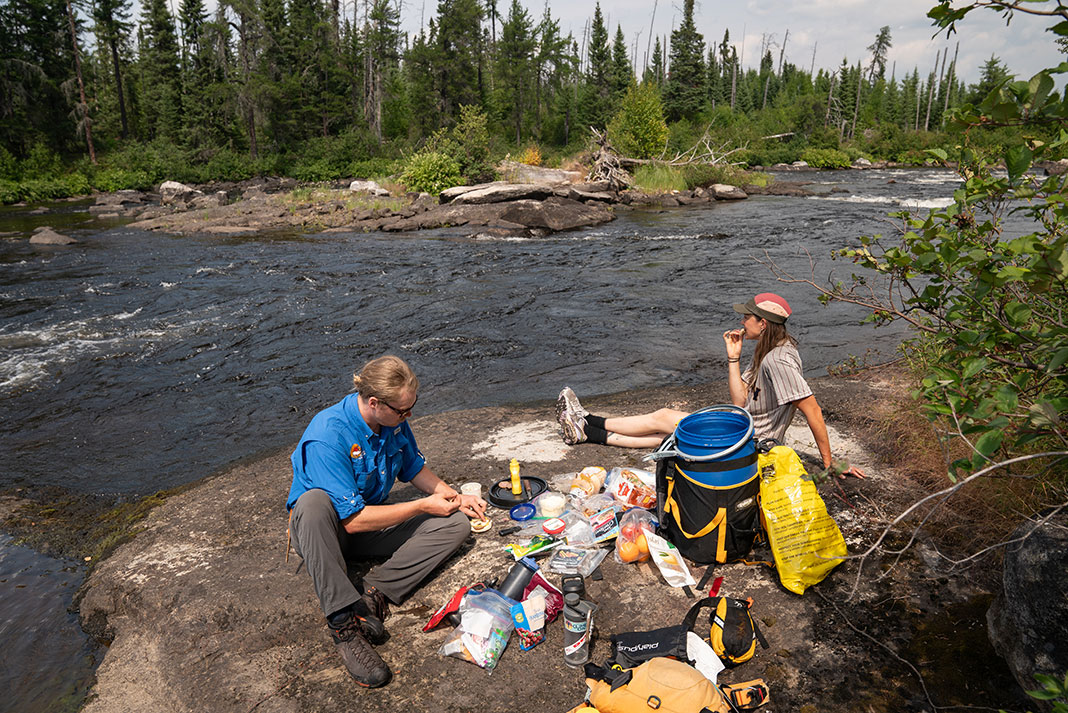
“Wabakimi’s been discovered”
Wabakimi Outfitters isn’t really a guiding company. Although they’ll do it, they specialize in setting up self-guided groups.
“I try to match the right people to the right budget, route and skills,” says Bruce.
He carefully questions people about their skill levels and trip requirements before recommending a corresponding experience. Then he coordinates shuttles in and out of the Park. He says canoeists balk at floatplane prices—although they rave about the experience afterward—while anglers never question expenses as long as the fishing is good. But it’s the knowledge that is truly valuable.
“During COVID, when everything was closed, we were it. COVID didn’t hurt us, it helped us. That and social media.”
“You saw my maps,” he says to me. “That’s the most valuable thing. There are hundreds of hours in those maps and thousands of hours developing the routes. And they’re pretty accurate. I always say they’re 99 percent accurate because a) we’re human, b) things change and c) to cover my ass. Maybe that’s a).”
It’s that knowledge, along with the properties, buildings, equipment, clients and relationships, that make Wabakimi Outfitters & EcoLodge a successful business. That and decades of sheer willpower.
“I’ve been at this for 46 years,” says Bruce. “And I didn’t make any money off of it for most of that time. Margaret and I kept pouring money into it. It’s our retirement fund. Will we get what we put into it? Probably not. Will we get enough to retire? Hopefully.”
Like many outdoor companies, Wabakimi Outfitters saw better business during COVID. And they’re still enjoying more success than ever.
“All of a sudden Wabakimi’s been discovered,” says Bruce. “During COVID, when everything was closed, we were it. COVID didn’t hurt us, it helped us. That and social media. Wabakimi’s been discovered, we’ve been discovered, I’ve been discovered. It’s kind of embarrassing; I’m kind of a cult hero now.”
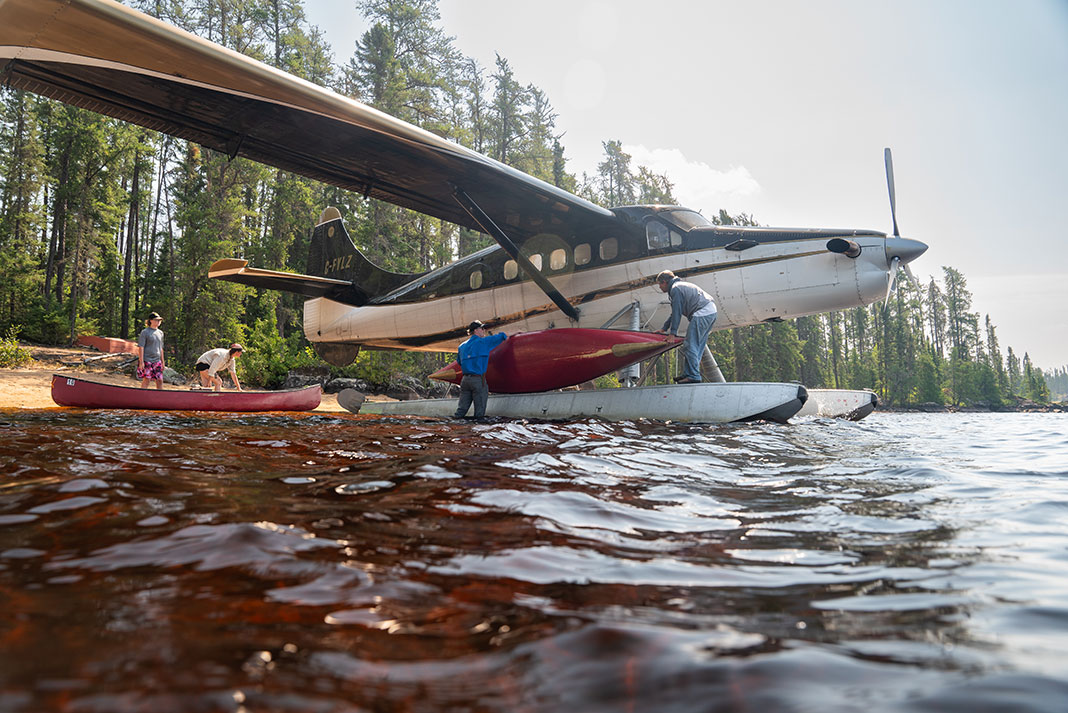
That cult hero status is well-deserved. Mention the name Bruce Hyer to anyone in Thunder Bay and they’ll have a story. Like the time he crashed his floatplane.
“I turned a $150,000 plane into a $5,000 pile of scrap,” he recounts.
This was five years ago, when he was 72. He flipped the plane while landing on a lake and escaped through one of the doors as the cockpit filled with water. He sat on the upturned float while awaiting rescue and laughed uncontrollably for an entire 10 minutes.
“I borrowed a phone and called Margaret,” he recalls. “I told her I had some good news and some bad news. The good news was that I was alive.”
Searching for a successor
He’s still holding out hope Michael will change his mind and take over the business.
“We’re very interested to see what he does,” says Bruce. “Am I disappointed he doesn’t want to take over? Yes. On the other hand, I can see how effective he’ll be as a lawyer. That’s probably a more important job.”
In the meantime, Wabakimi Outfitters & EcoLodge is tentatively for sale.
“I can sell the whole thing outright. It wouldn’t be my first choice, but I would do it,” he says. “Or I could share it, find a good partner and I’ll do some planning, sorting, shuttles. I think someone should buy half of it, maybe 49 or 51 percent, and run it alongside us.”
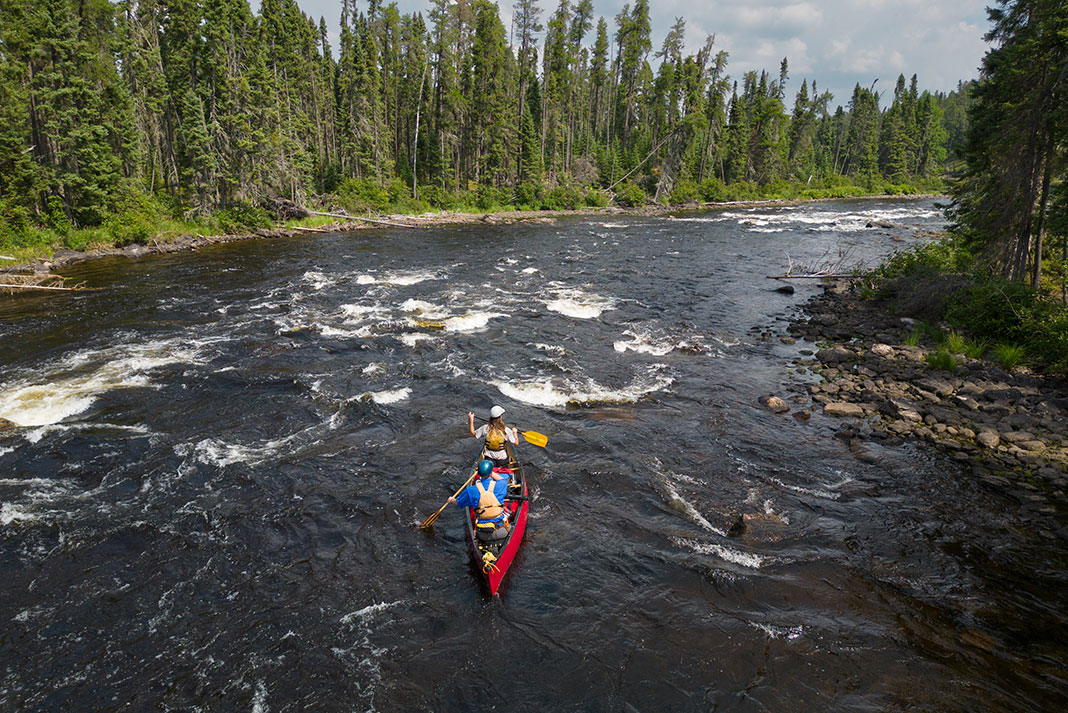
Wrap up on Windfall Lake
On our final day on the river, we paddle to one of the company’s outpost camps on Windfall Lake. The rustic cabin is complete with solar panels, electric lights, a fridge and a 20-foot-high water tower. We soon hear the sound of the floatplane and marvel as the de Havilland Otter flies in, lands noisily, then reverses onto the beach to pick us up. Strapping the boats to the landing gear struts, the pilot swears and jokes while we load up the rear of the plane with our gear. My son gets to ride shotgun and after we take off, the plane dips and careens in what I assume is turbulence (after landing my son assures me every time we dipped the pilot was lighting a cigarette), an experience I’m eternally grateful he was part of.
The floatplane takes us over the scrubby, barren landscape littered with rivers and lakes and I’m transfixed by the terrain and the tripping potentials. It’s a flight that leaves me smiling for the rest of the day and the landing back at the Wabakimi EcoLodge dock is as smooth as they come.
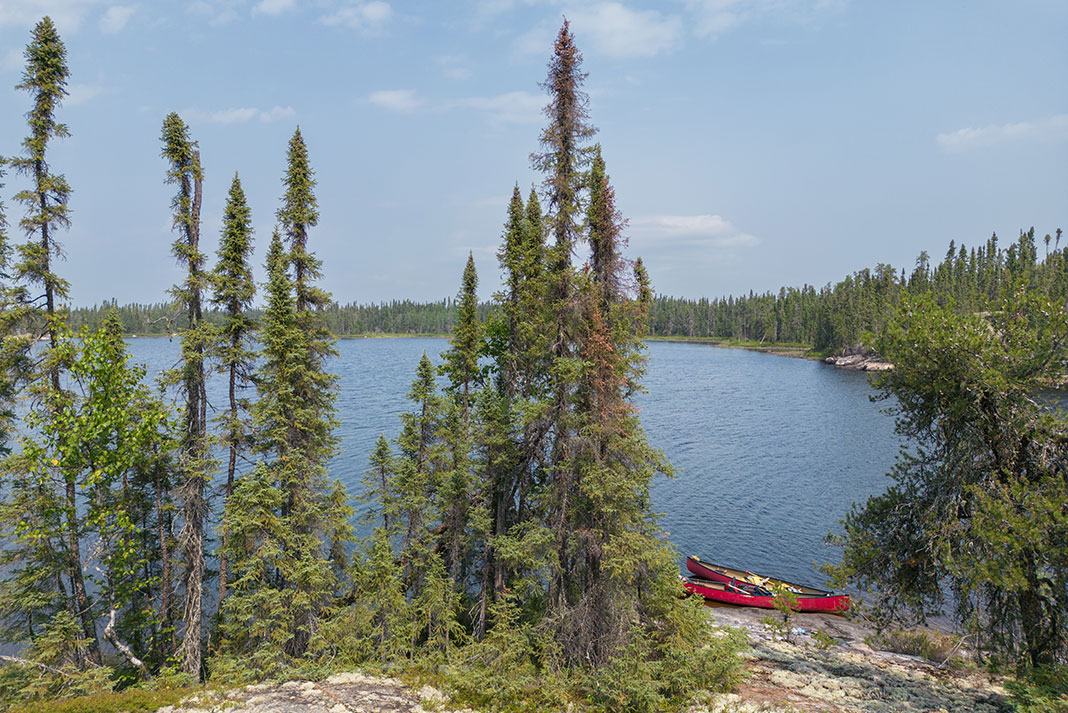
A chip off the old block?
In essence, Bruce’s dilemma is that the Lodge was his dream. He believes he has the best job in the world. While he brought his son up to love the outdoors and created another capable and great outdoorsman, the Lodge is not Michael’s dream. Nor does it have to be.
It makes me think about my own son. For the past few years, he’s claimed he’d like to be a videographer when he grows up, which is remarkably similar to what I do as a photojournalist. I suppose I could count that as following in my footsteps. When I’m on assignment, paddling rapids, skiing powder or watching belugas, I honestly feel like I too have the best job in the world.
Over the course of the trip, my son assisted while we created imagery of paddling. When I was flying the drone, he’d take pictures. When I was taking pictures, he’d film the action. He’s good at it. With some minor guidance, it came to him naturally.
On the cramped, stuffy Air Canada flight home, I ask him the big question. I don’t expect a 13-year-old to know the answer to the question. But after watching me work and getting to experience what my job entails, I suspect he finally realizes my job is pretty cool. We just did a train-in, fly-out four-day whitewater trip with some of the coolest folks in Northern Ontario and it’s my job. So I do it, I pop the question.
“What do you think you want to do when you grow up?” I ask cautiously.
“I don’t really know,” he says thoughtfully. “But I’m really interested in history. Maybe a historian?”
Colin Field is an outdoor photographer and writer based near Collingwood, Ontario. An avid skier, cyclist and paddler, he prefers the gravity powered spectrum of each sport: alpine skiing, lift-accessed mountain biking and whitewater paddling (he’ll paddle lakes if he has to). If you need someone to drop everything and go on the trip of a lifetime three days from now, he’s your man.
The best way to cure end-of-trip blues. | Feature photo: Colin Field



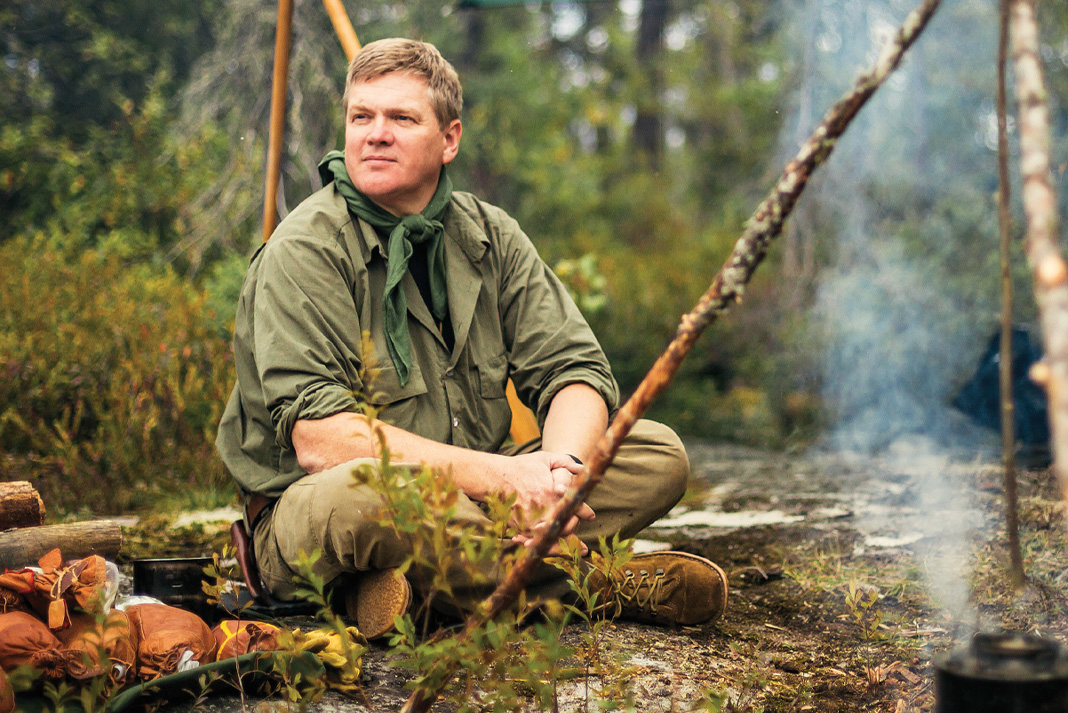
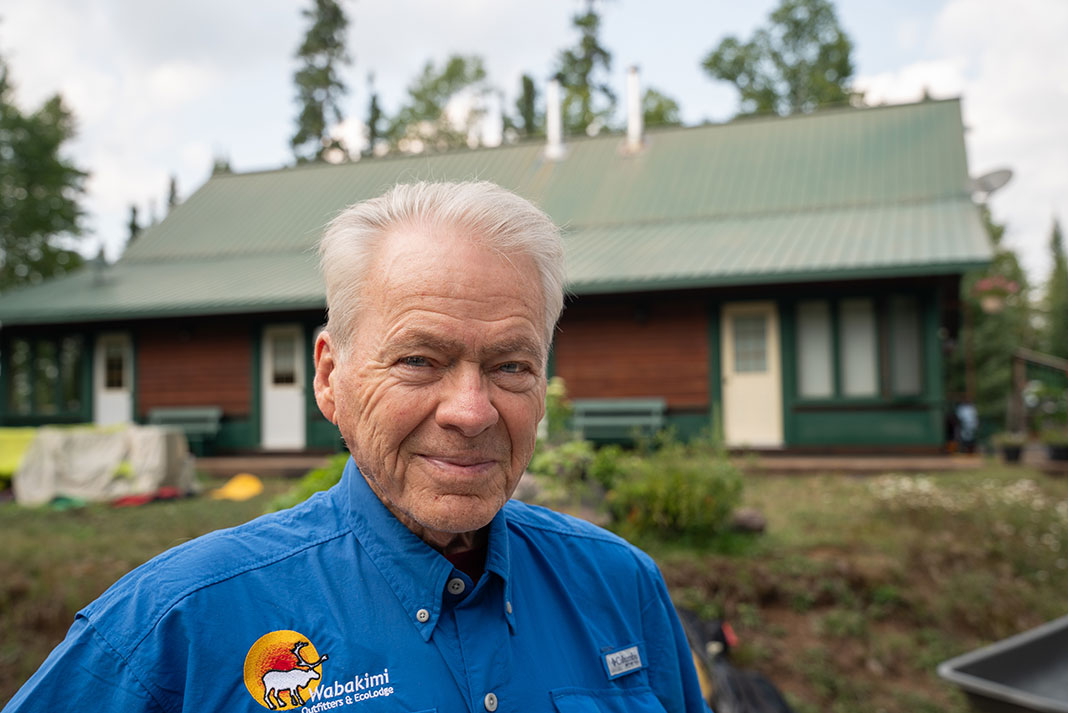
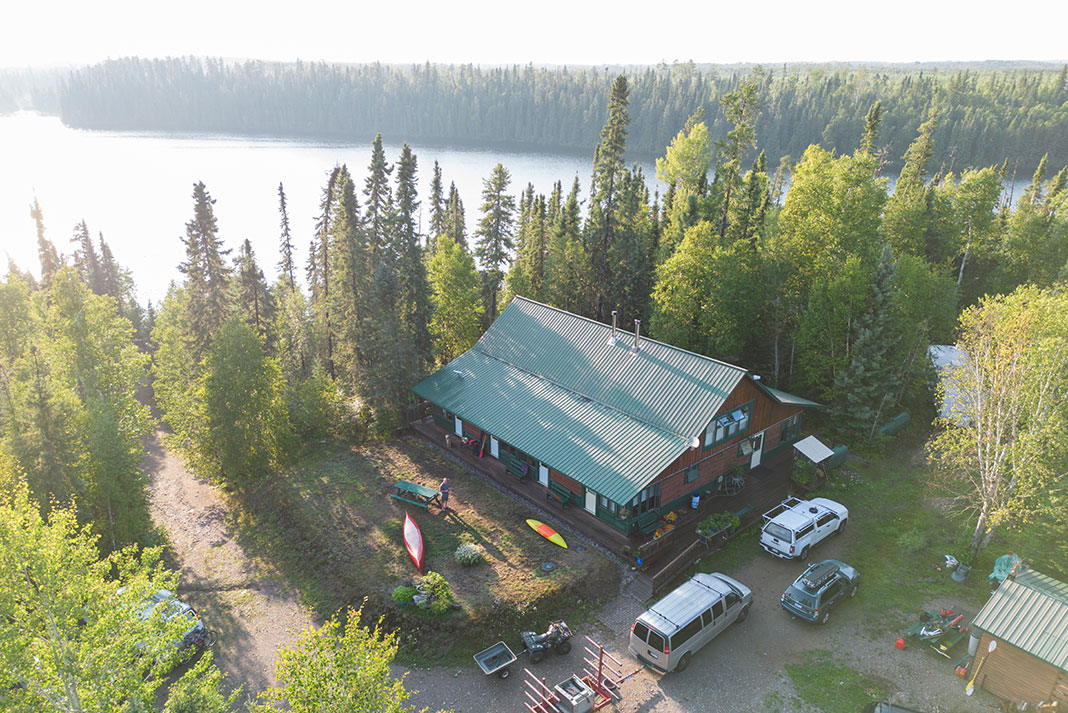
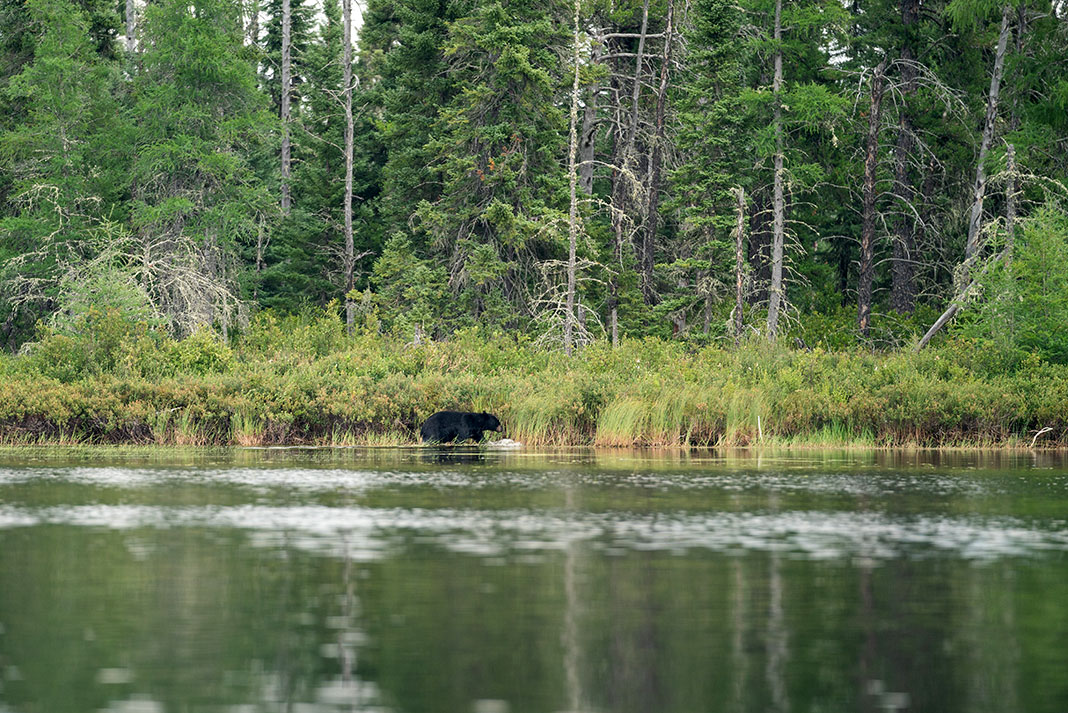
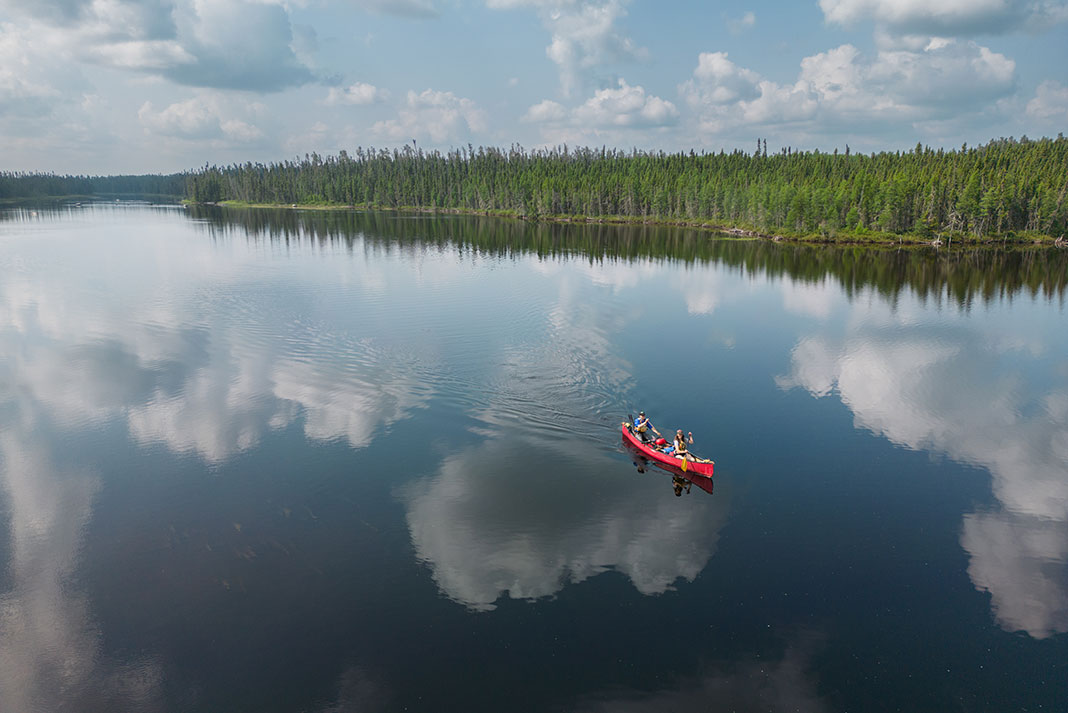
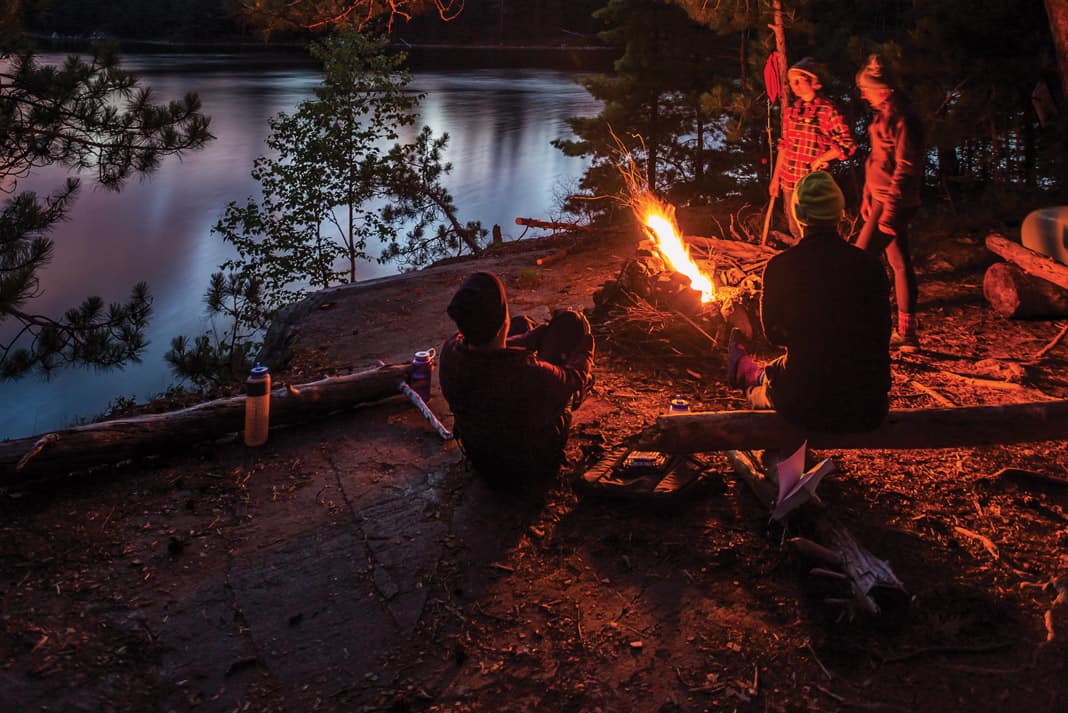
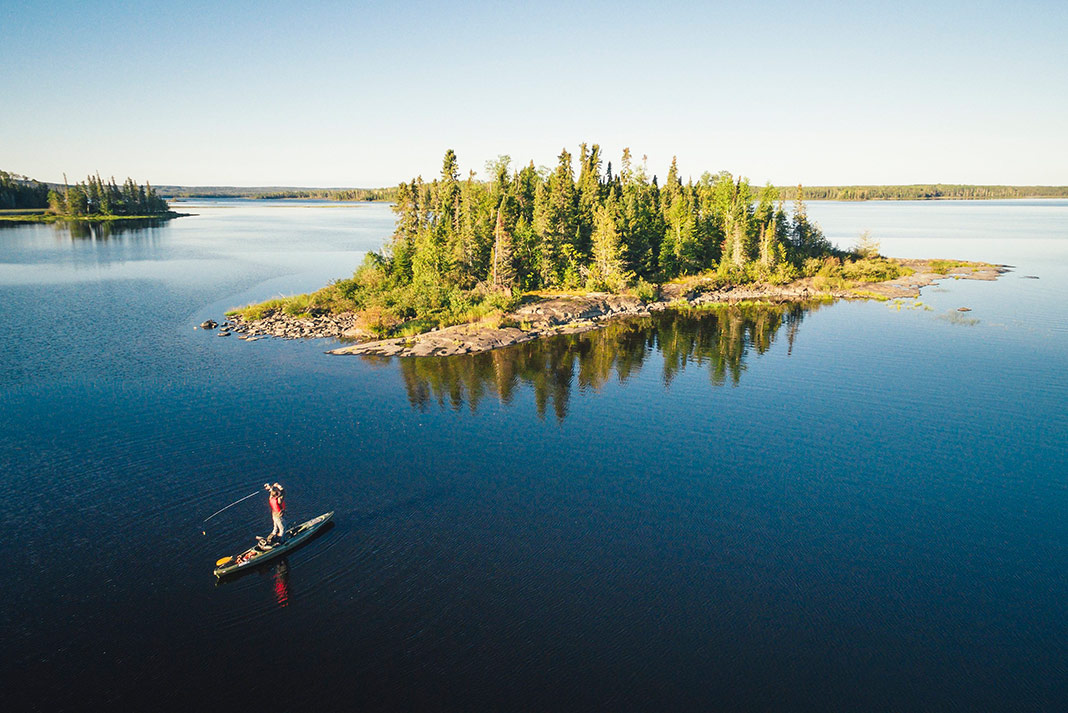

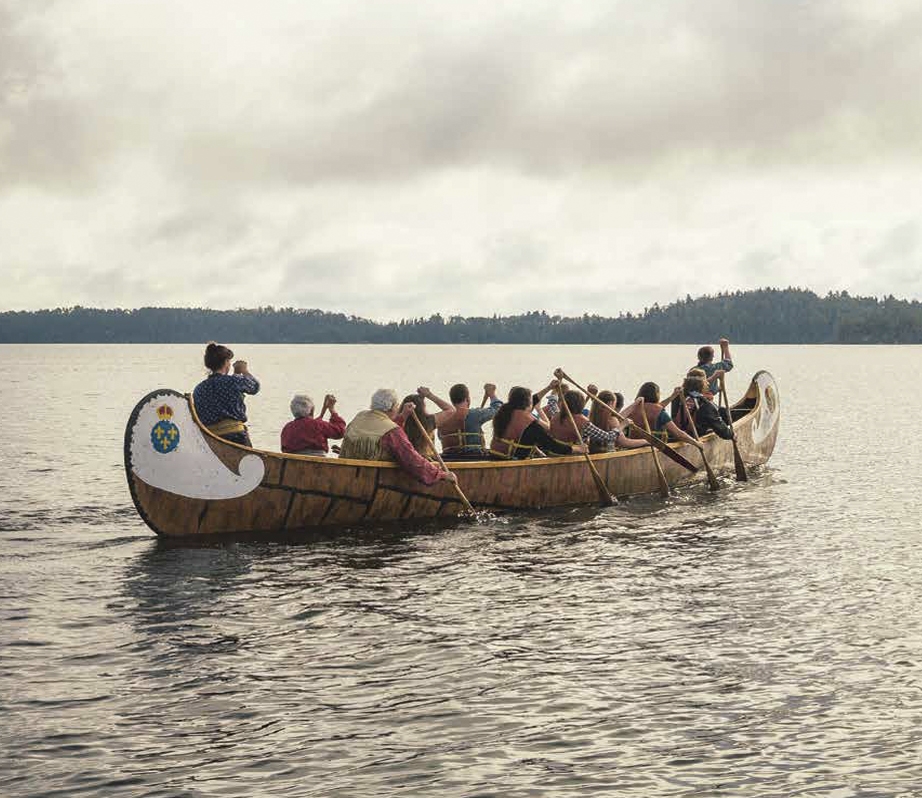
 This article was first published in the 2023 Paddling Trip Guide.
This article was first published in the 2023 Paddling Trip Guide. 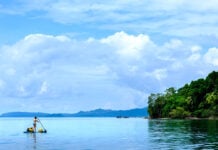


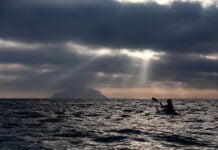
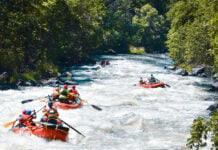

I hope the perfect person shows up to buy this! I’ll share it with my friends.